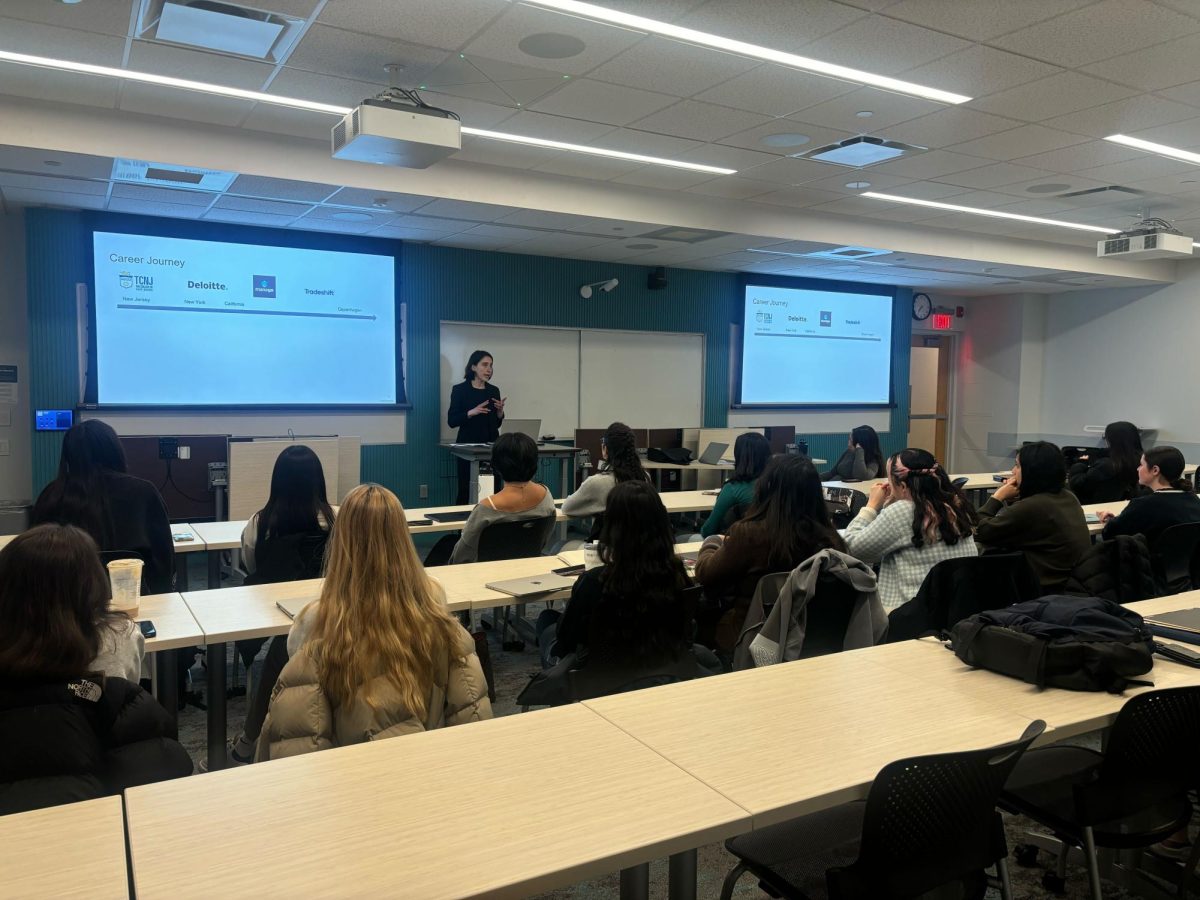By Erica Moser, News Correspondent
Northeastern was scheduled to present its Institutional Master Plan (IMP) at the Boston Redevelopment Authority (BRA) board of directors meeting held in City Hall on Tuesday at 5:30 p.m.. But at 4:30 p.m., Northeastern withdrew its IMP from the meeting’s agenda, following discussions with the BRA.
“There’s some more work to be done on a few issues before they have a level of public support that will make us feel comfortable that we’re going to the board and approving it,” said Gerald Autler, the BRA project manager overseeing the process for Northeastern’s IMP.
The “critical component,” City Councilor Mike Ross said, is housing. Members of the community surrounding Northeastern were hoping for the addition of more on-campus beds in the next few years than Northeastern has planned.
The issues vary by neighborhood, said Jim Chiavelli, who works on the IMP and other special projects in the Office of the General Counsel at Northeastern. Mission Hill residents might say the only issue is student housing, while those in Roxbury might say the only issue is jobs and procurement.
“It is our hope that with some time, the outstanding issues … might in fact come to a different place,” director of the BRA Peter Meade said. He added, however, “Northeastern has come a distance, and there are things in the plan that people like.”
After Meade’s introduction, state Representative Jeffrey Sanchez and Ross spoke for a minute or two each until the board moved to its next order of business.
It is unclear when Northeastern will reschedule to present the IMP to the BRA, but Autler said the next opportunity is Nov. 14.
“We’re working as expeditiously as we can to resolve some of the issues that arose leading up to the board meeting,” Chiavelli said. “Then the redevelopment authority will have to figure out when there’s a slot in the schedule.”
Northeastern began preparing a new IMP for the next 10 years in 2011 and submitted the final IMP to the BRA in June of this year.
Part of the 487-page IMP reads, “The University is focused on initially completing a proposed Interdisciplinary Science and Engineering Building (ISEB) IMP project as well as completing the 720-bed GrandMarc residence hall project before commencing additional projects.”
The ISEB, proposed for development on the parking lot at 795 Columbus Ave., is one of 11 projects in the IMP. The presentation to the BRA would have been about the master plan in general and this specific project, Chiavelli said.
The last IMP was approved in 2000 and authorized the creation of West Village Residence Halls B, C and E as well as the Davenport Commons housing development.
It was amended five times to include West Village Residence Halls F, G and H; International Village; 10 Coventry Street; and the GrandMarc residence hall.
GrandMarc is set for completion in 2014 and will include 720 beds. This will bring the total number of beds on campus to 8,500, and 67 percent of undergraduates seeking housing in Boston will be able to live on campus.
Many community members are not satisfied with the amount of on-campus housing available, and there were murmurs throughout the boardroom that the delay in presenting the IMP was a victory.
“We’d like to talk to them about the original idea we talked about in 2004 – that’s 75 percent of students living on campus,” Sanchez said.
The IMP proposes 1,000 new beds, 300 in the first five years, Chiavelli said. University officials believe 1,000 beds will get Northeastern to 75 percent.
But Sanchez feels 300 beds in five years isn’t enough.
Long-time Mission Hill residents lamented that the influx of students onto the Hill has taken away the neighborhood’s sense of community.
“It’s not students moving into units; it’s families being pushed out,” said Patricia Flaherty, who works for Mission Hill Neighborhood Housing Services and is a Northeastern University Community Task Force member.
Cindy Diggs, a resident of Mission Hill since 1975, echoed this sentiment.
“It’s like one big dorm,” she said. “A lot of the neighbors have moved out, especially the ones with small children, because they can’t sleep at night.”
But only 12 percent of the Mission Hill population is students, Chiavelli said. “We’ve done everything we can think of,” he said, “in concert with the neighbors and BPD, to work on student behavior up there.”








